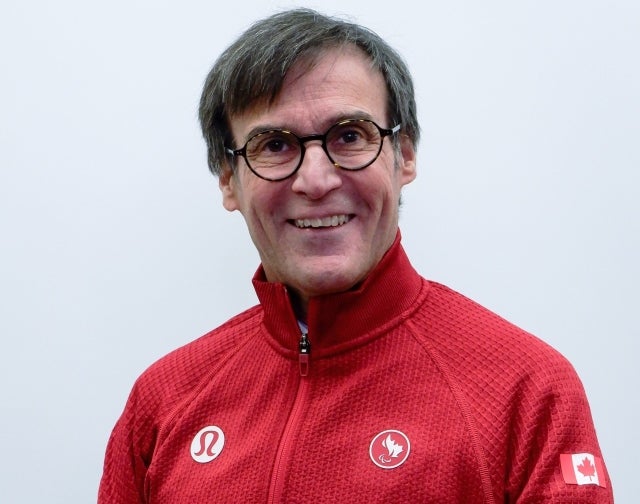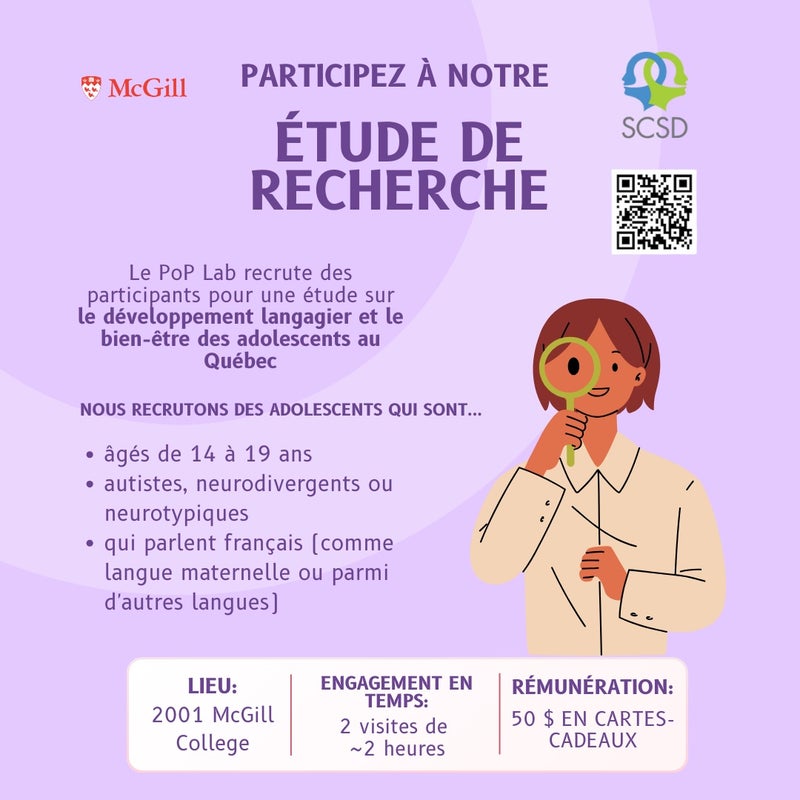Marc-André Fabien excited for what’s to come with the Canadian Paralympic movement

Montrealer Marc-André Fabien’s involvement with the Paralympic movement dates back over a quarter century. He remembers his first true exposure to para sport in the late 1990s while fundraising for the federal Liberal party.
“The secretary-treasurer of the Liberal party was also involved with the foundation of [a] rehab centre in Montreal,” said Fabien. “There was a Paralympic volleyball tournament at the College Notre-Dame. They were in need of $10,000 to finalize the budget. They asked me if I could help, and I said I would try. 24 hours later, I phoned him back and told him ‘I have your $10,000.’ The rest is history.”
Fabien would go on to serve as a board member of the Canadian Paralympic Committee (CPC) and, in 2017, was elected President of the CPC, of which he is currently in his second term.
Under his leadership, the CPC has evolved and grown. In January, the new Paralympic Performance Recognition program was announced, offering athletes reaching the podium financial compensation for their achievements. The initiative, which begins at this summer’s Paris 2024 Paralympic Games and will continue in future Games, will see paralympic medallists earning $20,000 for gold, $15,000 for silver and $10,000 for bronze, figures equal to those received by Canadian Olympians.
In a wide-ranging exclusive interview with Inspirations, Fabien outlined the accomplishments of the CPC, his goals and what to expect at the upcoming Paralympic Games, set for August 28 to September 8 in Paris, France.
Q: How has the visibility and perception of Canadian Paralympians evolved since you first started your involvement with the CPC in the late 1990s?
A: Clearly, there is a major difference. There is a lot of acknowledgements of what para sport is about. Most Canadians are aware of what the Paralympic movement is. In the late 90s, when I started, nobody knew about it. We owe to our athletes for their determination, their excellence, their sport and human achievements, the awareness that exists now.
Back in the day, there was almost no television coverage. There was maybe two hours of coverage on CBC on a Saturday to cover the two weeks of the Games. Today, you will have over 100 hours of coverage, some of which is live. On CBC/Radio Canada’s website, you will be able to follow any sport you want. We can still do more. They know that. It’s the means that are not always there.
Q: What impact will the newly announced Paralympic Performance Recognition program have on Paralympians as they get set for the upcoming Games and beyond?
A: For the athletes, it’s additional money that helps for training, competing abroad. Some of the competitions they are attending, be it world championships or World Cups, they have to pay for these trips. If they win medals and have additional money, that will help. More fundamentally, for the athletes, even for those who won’t win any medals, it is the symbol; the symbol that Olympians and Paralympians are on an equal footing and that there is no discrepancy between the two. Too often, in the past, the Paralympians were treated like second-class citizens and perceiving themselves as such. It is extremely important to make sure that there is no distinction between Olympians and Paralympians in how they are treated. It was fundamental to eradicate this symbol of discrepancy.
Q: What has been the reaction and feedback you have received from athletes since this announcement was made in January?
A: It’s extremely well-received. They are extremely happy. Even the retired athletes will tell you it is wonderful news. They would have liked that when they were athletes themselves. They are grateful to see that now, this difference of treatment between a Canadian Olympic and Paralympic medalist does not exist anymore.
Q: You also recently unveiled a 10-year strategic plan for the CPC. What are the main takeaways from that report?
A: What was important was to state that we are a two-fold organization. Yes, we are about high-performance and excellence in sport, but we are also an organization that, through sport, wants to change mindsets and make our country more inclusive for people with disabilities. Our athletes, when they are at the top of the podium, are the greatest athletes in the world, but, as soon as they step down from the podium, they are confronted on a daily basis with their disability. Even though Canada is a leading country for inclusion, equality and diversity, we still have a lot of progress to make. Some of our athletes have very heavy disabilities. Every day is a challenge for them.
Q: When you first took on the presidency of the CPC in 2017, you mentioned one of your goals was to bring and organize international para sport events on Canadian soil. Are you satisfied with what you have achieved thus far in that regard?
A: We still have a lot of work to do. As a country, we can welcome more international events. That is excellent for our athletes because it allows them to compete against the best in the world and be even better on the international scene. At the same time, it gives more visibility for para sport because it creates more interest on the part of the public. We could be able to welcome more international activities, but we don’t necessarily have the funds to do it. As soon as we will have more financial flexibility, we will try to support our sport federations in welcoming international events.
Q: You also have talked about the importance of developing para sport at the grassroots level. Why is this component so important to you and what can be done to further promote para sport amongst youngsters in Canada?
A: We are still surprised to see young athletes with disabilities unaware they can participate in sports at a competitive level through the Paralympic movement. We need to reach out to these young boys and girls that have a disability and want to do sports. We will try to increase the awareness among Canadian people. Those television broadcasts are so important because you have young [people] watching who realize they can do that too. You need role models that coincide with who you are when you have a disability. When they see other athletes with disabilities, this is a signal that they can do it. There is no better reinsertion in society and in life for a human being with a disability than through sport. It gives back your self-esteem, and this is fundamental. One of the goals we have to work on is to increase the awareness of the Paralympic movement within Canadian society and to get more young people involved in sports. It doesn’t necessarily mean to reach the Paralympic level, but to at least have access to sport and get involved in sport.
Q: What are you most looking forward to about the 2024 Paris Paralympic Games this summer?
A: We are excited about the fact that we are coming back to normal Games. Tokyo and Beijing were without spectators because of Covid-19. There were no friends, family or fans in the stands. I think the athletes have suffered from that. The Paris Games are going to be a return to these normal Games and be successful in historical venues. The French organizing committee, since the beginning, have treated Olympians and Paralympians on the same footing. The best example is the logo. For the first time, you have the same logo for both the Olympics and Paralympics. They have created that will of making sure that both are treated the same way.









